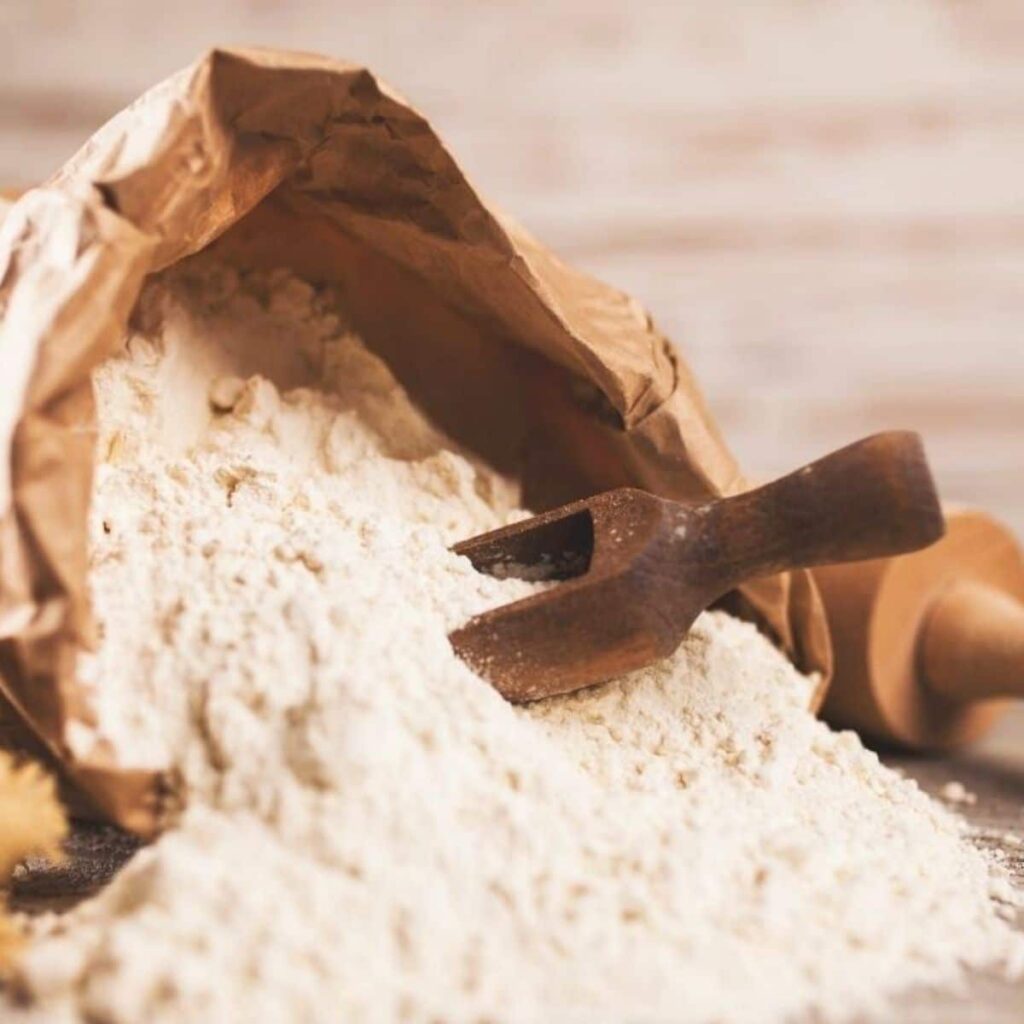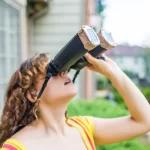Converting Between Pounds and Cups: A Measurement Quandary
The world of cooking and baking relies heavily on precise measurements. But when it comes to converting between pounds and cups, things can get confusing. This guide tackles the complexities of converting between these seemingly straightforward units, ensuring your recipes turn out perfectly every time.
Understanding the Challenge: Mass vs. Volume
The primary difficulty in converting between pounds and cups stems from the inherent difference between these units. Pounds measure mass, the amount of matter in an object, while cups measure volume, the amount of space occupied by a substance.
For example, a pound of feathers and a pound of gold have the same mass but vastly different volumes. This is why a simple conversion factor like “2 cups per pound” doesn’t work universally.
The Density Factor: The Key to Conversion
The key to converting between pounds and cups lies in density. Density refers to the mass per unit volume of a substance. In simpler terms, it’s how much “stuff” is packed into a specific space.
Here’s the conversion formula:
Number of Cups = (Weight in Pounds) / (Density of Ingredient in Pounds per Cup)
Applying the Formula:
To use this formula, you need to know the density of the ingredient you’re converting. This information isn’t always readily available in cookbooks or on recipe websites. However, there are resources available to help:
- Online Conversion Charts: Websites and apps offer conversion charts with densities of common ingredients.
- Ingredient Packaging: Some pre-packaged ingredients might mention their density on the label.
- Scientific Resources: Science-oriented websites or cookbooks might provide density tables for a wider range of ingredients.
Examples: Water and Flour
Let’s see the conversion in action with two common ingredients:
- Water: Water has a high density, meaning a relatively small volume holds a significant amount of mass. The density of water is approximately 8.34 pounds per gallon. Since there are 16 cups in a gallon, the density of water in pounds per cup is 8.34 pounds / 16 cups = 0.52 pounds per cup.
Therefore, to convert 2 pounds of water to cups:
Number of Cups = (2 pounds) / (0.52 pounds per cup) = 3.85 cups (approximately)
- Flour: Flour has a lower density than water. Depending on the type of flour (all-purpose, bread flour, etc.), the density can range from 0.49 to 0.56 pounds per cup.
Let’s say a recipe calls for 1.5 pounds of all-purpose flour, with a density of 0.5 pounds per cup.
Number of Cups = (1.5 pounds) / (0.5 pounds per cup) = 3 cups
Beyond the Basics: Considering Additional Factors
While density is the primary factor, here are some additional considerations for accurate conversions:
- Ingredient Packing: How you pack an ingredient can affect its volume. For example, tightly packed flour will have a higher density than loosely spooned flour. Recipes often specify packing techniques (spoon and level, lightly pack, etc.) to ensure consistency.
- Ingredient Variations: The density of some ingredients can vary slightly depending on factors like origin, processing, or moisture content.
- Recipe Adjustments: If a converted amount seems off, consult online resources or cookbooks for recommended cup equivalents for specific ingredients.
Common Conversions (for Reference Only)
Here’s a table with conversions for some common baking ingredients (remember, these are approximations and can vary depending on factors mentioned above):
| Ingredient | Density (approx. pounds per cup) | Cups per Pound |
|---|---|---|
| Water | 0.52 | 1.92 |
| All-Purpose Flour | 0.5 | 2.00 |
| Granulated Sugar | 0.60 | 1.67 |
| Brown Sugar (packed) | 0.75 | 1.33 |
| Butter (softened, sticks) | 0.5 | 2.00 |
FAQ: Converting Between Pounds and Cups
Q: Is there a simple conversion rate for pounds to cups?
A: No, due to the density variation between ingredients. Always consider the specific ingredient and its density for accurate conversion.
Q: Where can I find density information for ingredients?
A: Online conversion charts, some ingredient packaging, and science-oriented cookbooks can provide density values.
The Art of Measurement: Beyond Pounds and Cups
Mastering conversions between pounds and cups is a valuable skill in the kitchen. But the world of measurement extends far beyond this single challenge. This section explores additional measurement considerations to elevate your baking and cooking game.
Understanding Different Measuring Systems:
Recipes might utilize different measurement systems, creating confusion. Here’s a quick breakdown:
- US Customary System: This system uses units like cups, tablespoons, teaspoons, ounces, and pounds.
- Metric System: This system uses grams, milliliters, and liters for weight and volume, respectively.
Many online resources and cookbooks offer conversion tables to bridge the gap between these systems.
Equivalents and Substitutions:
Knowing ingredient equivalents allows for recipe adjustments. For example, 1 cup of granulated sugar is roughly equivalent to 200 grams. Understanding these conversions empowers you to substitute ingredients when necessary.
Precision Matters:
While baking often relies on precision, cooking can be more forgiving. Invest in a good quality measuring cup set and kitchen scale for accurate measurements.
Beyond the Recipe:
Developing an understanding of ingredient textures and functionalities goes beyond following measurements. Knowing the difference between creaming butter and sugar, for instance, can significantly impact the outcome of a recipe.
The Importance of Practice:
The more you cook and bake, the more intuitive measurements become. Experience allows you to adjust for variations in ingredients and techniques.
Technology in the Kitchen:
Several kitchen gadgets can simplify measurements. Digital scales offer precise weight measurements, and some even have conversion functions. Measuring cups with markings for both US customary and metric units can be helpful.
The Final Whisk:
Converting between pounds and cups is just one step in the culinary journey. By understanding different measurement systems, embracing substitutions, and honing your measurement skills, you can transform recipe-following into creative culinary exploration. Remember, the kitchen is a place for experimentation and discovery. So, grab your measuring cups, embrace the science behind baking, and get ready to create delicious masterpieces!



